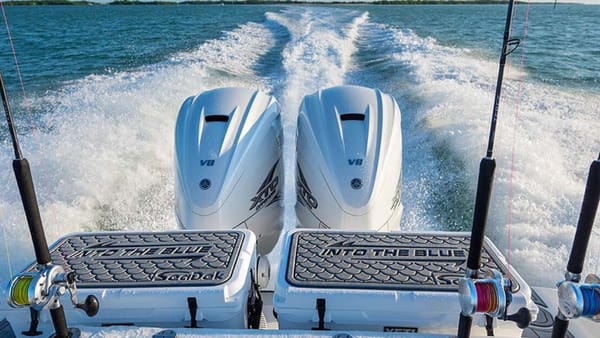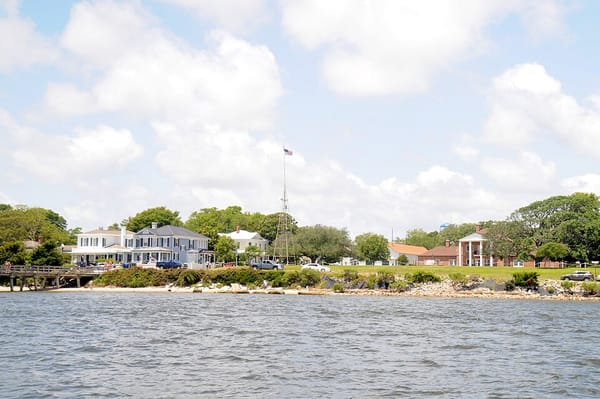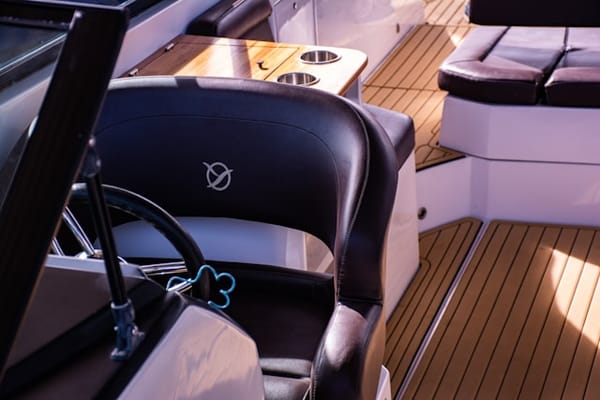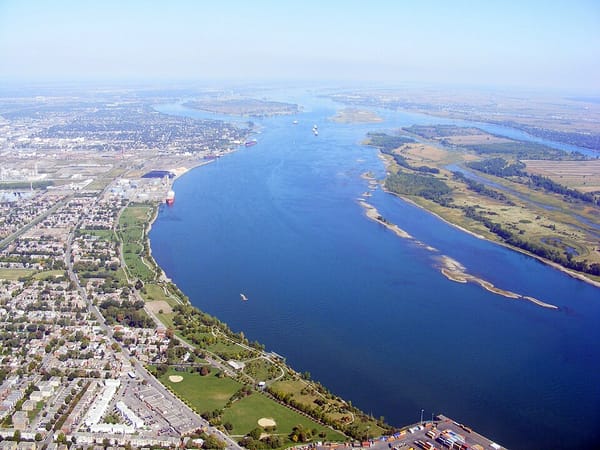Boating Basics: Types of Boat Hulls
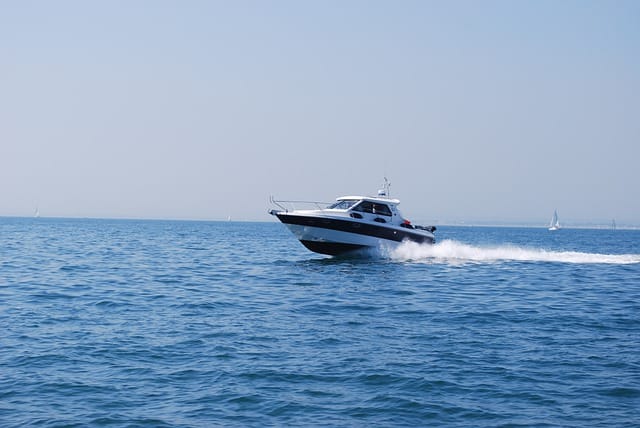
Designed to move a boat through the water, the shape of the hull has an effect on how the boat moves and performs. Hulls perform in one of two ways: they either displace water (known as a displacement hull) or they ride on top of it (a planing hull). Depending on what you want to use the boat for, and what weather and water conditions you’ll be boating in, it’s helpful to know how each type performs. A hull that's perfect for a Great Loop adventure or traveling the Florida ICW isn't necessarily what you would need for a fishing, snorkeling and sightseeing excursion or a cruise from Florida to the Bahamas.
Today, we’re going to go over the basics of boat hulls (and the shapes associated with them), which includes displacement, planing and semi-displacement as well as multi-hulls.
Displacement Hulls
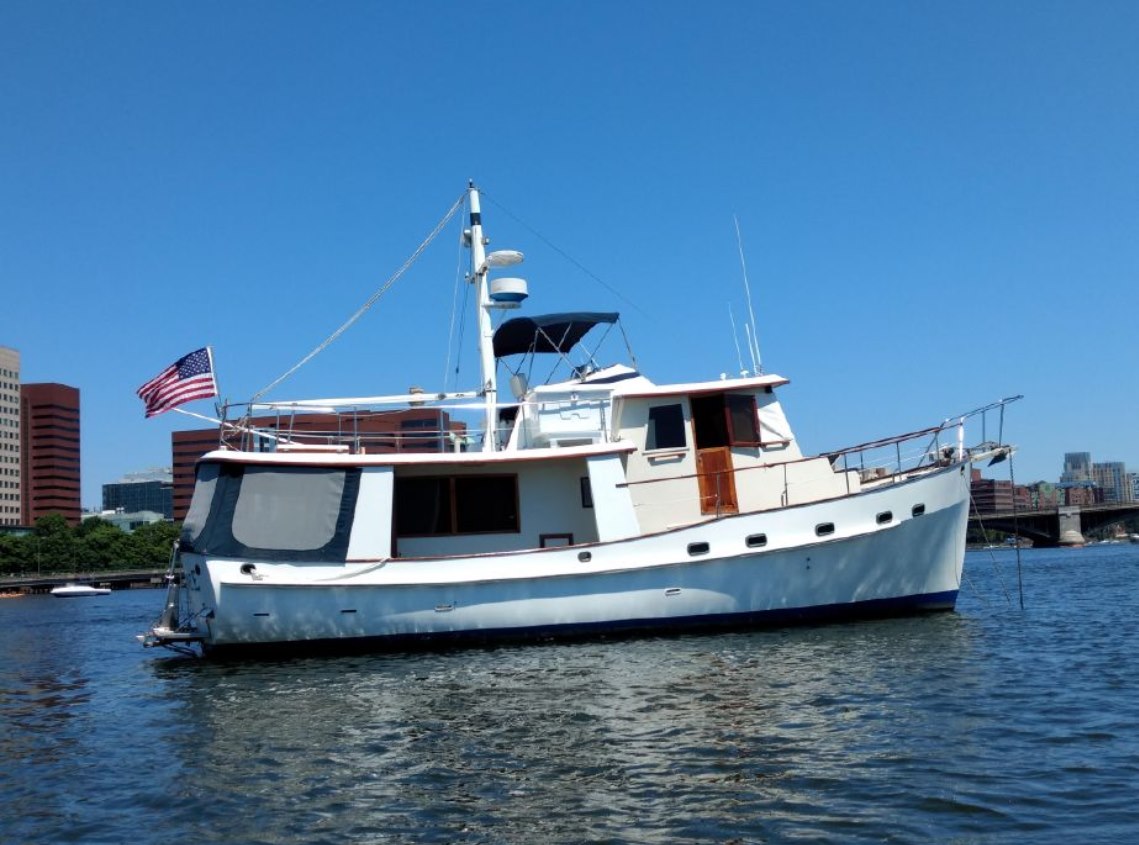
Photo: Kady Krogen (Facebook)
Boats with displacement hulls work by moving the water around it. They move lower in the water, which pushes (or displaces) the water around it (think of it like a whale moving through the water). The boat does not ride on top of the water. Large boats have this type of hull. They do move slower than other types of hulls, but they’re also steadier and can carry heavier loads. Trawlers and some recreational sailboats have displacement hulls.
Round-Bottom
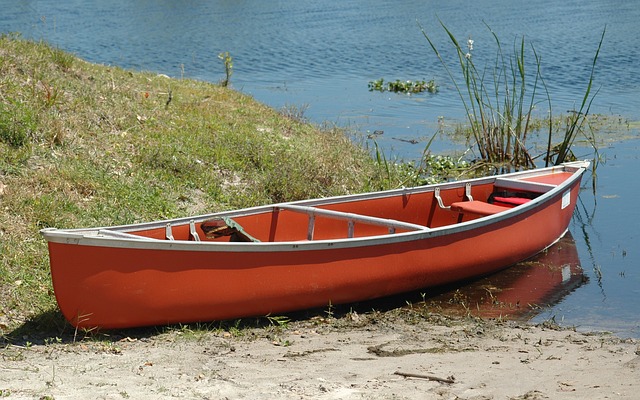
Photo: Pixabay
Round-bottomed hulls are usually displacement. They’re less stable in waves, but they glide through water without much effort. One example is a canoe.
Planing Hulls

Photo: Valhalla Boats (Facebook)
The opposite of the displacement hull, planing hulls ride on top of the water. They’re typically found on smaller and faster boats as well as jet skis. Since they’re able to go faster, they can rise out of the water to ride on top of it. At slow speeds, they can perform like a displacement hull, but when it’s time to move, they can get up and go. Planing hull shapes include the deep V-shape, flat bottom and tri-hull/tunnel hull.
Deep V-Hull

Photo: Pexels
Deep V-shaped hulls function as planing hulls. They’re the most common type for power boats and the easiest to recognize at a private boat dock for rent. They usually have a larger engine than flat or round bottom boats. Due to that deep V shape, they have less interior hull space. This type rides smoothly in chop as it cuts through the water. Center consoles usually have a V-bottom.
Flat Bottom

Photo: Pixabay
The flat bottom is a common style of hull bottom. It’s very stable for fishing boats on small bodies of calm water like lakes, ponds and slow-moving rivers. They have a slower draft and have more deck space for multiple anglers to cast a line. Aluminum or fiberglass bay and fishing boats like jon boats have flat bottoms.
Multi-Hulls
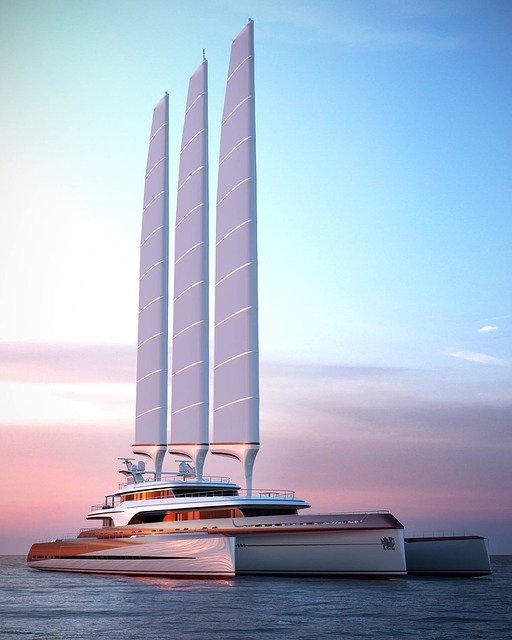
Photo: Pixabay
Tri-hulls have an M-shaped bottom. They’re very stable and get up on a plane quickly. This type of hull is good for lakes and calm bays. Catamarans, which have two hulls instead of three, also fall into this category. Catamarans are one of our favorites to see sailin gout of a private boat slip rental or marina. Another boat with multi hulls is the pontoon boat.
Semi-Displacement Hull
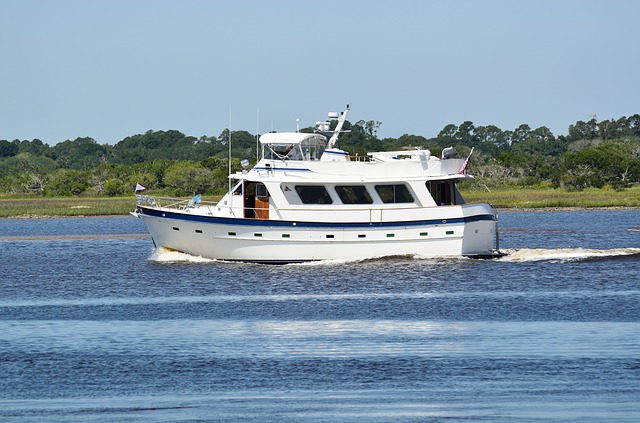
Photo: Pixabay
Semi-displacement hulls have rounded sections (this allows for extra storage inside) combined with flatter sections that help lift the front of the boat out of the water. This creates large stern and bow waves. This type of hull needs a higher horsepower engine than a regular planing hull to get up and out of the water. Large cruising motor yachts have semi-displacement hulls.
Hopefully this has cleared up any questions you may have about boat hulls. The next time you’re hanging out at the marina or boat slip rental, see how many you recognize.
